Category Archives: Gardening And Landscaping
The Best Flowers For Winter – Plants that Flower in Winter (With Pictures)
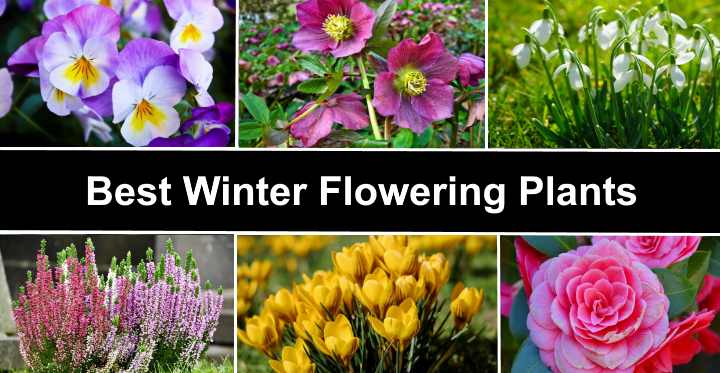
Plants that flower in the winter add plenty of color to a barren garden landscape. Colorful winter flowering plants continue to bring life to gardens when other plants don’t grow. Many types of perennial flowers, annual flowers, bulbous plants, and flowering shrubs survive winter and continue to produce blooms in various colors.
Neem Oil For Plants: Usage Guide (Including Neem Oil Spray For Plants)
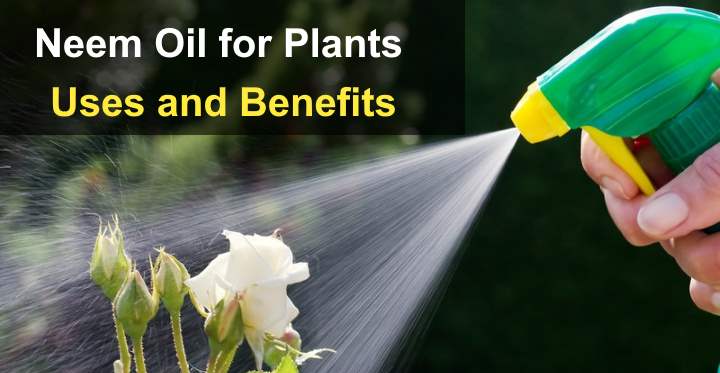
Neem oil is a natural plant insecticide and fungicide. A neem oil spray can help control and eradicate common houseplant pests. Also, spraying neem oil on leaves can reduce foliar fungal infections to keep your plants looking healthy and thriving. The beauty of neem oil for plants is that it’s easy to use, not toxic, and highly effective.
Crape Myrtle: Care and Plant Growing Guide (With Pictures)
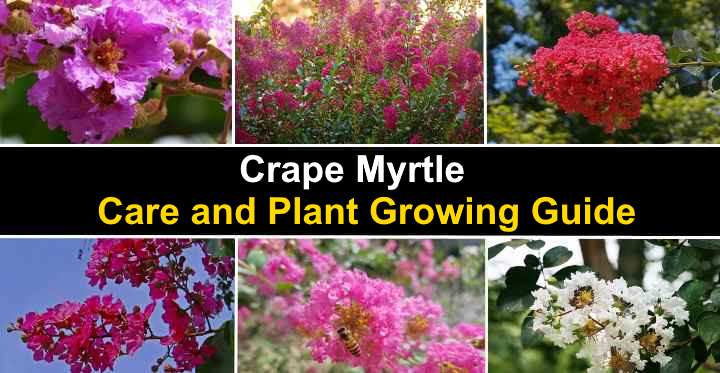
Crape myrtle shrubs and trees are beautiful garden landscape plants with stunning colorful flowers that bloom all summer long. Crape myrtles are excellent shrubs for growing beautiful flowering hedges, colorful borders, or attractive container plants. Small crape myrtle trees grow best as specimen trees or lawn trees to add vibrant colors to summer gardens.
Monkey Grass (Liriope): Plant Care and Growing Guide
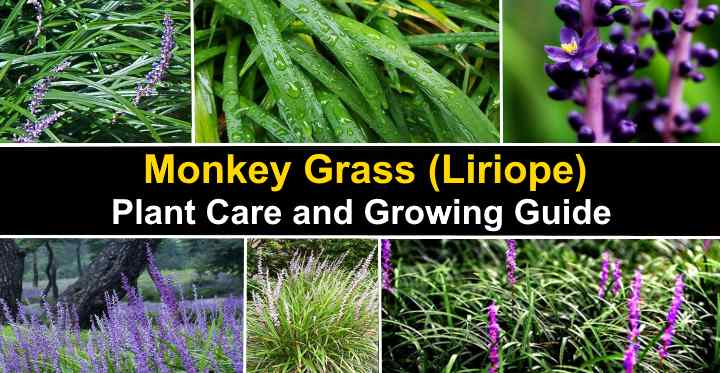
Monkey grass is a low-growing, easy-care evergreen grass-like plant that is ideal for ground cover or turfgrass replacement. Also called lilyturf, monkey grass is easy to plant, survives drought, and is useful to decorate garden landscapes. You can plant monkey grass as edging plants, perennial flowering border grass, lawn substitute, shade-loving plant for under shrubs, or prevent soil erosion.
How to Kill Red Spider Mites On Plants: Identification, Treatment and Prevention of Spider Mite Damage

Red spider mites are tiny destructive pests that can infest indoor and outdoor plants. Red spider mites cause plant damage by spinning webs on plant foliage, feeding on plant tissue, and sucking plant sap. The tiny red pests are difficult to spot under leaves. Telltale signs of red spider mites are yellow or brown spots on leaves, webbing, and weak plant growth.
Types of Mondo Grass: Dwarf, Black, Green – With Care Guide and Pictures
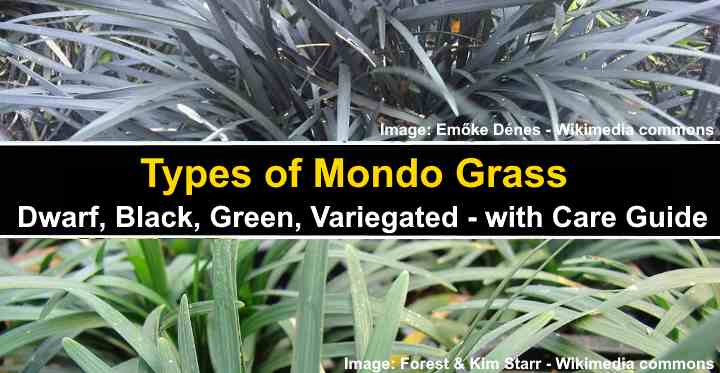
Mondo grass (Ophiopogon) is a robust, low-growing leafy plant that is an excellent substitute for turfgrass. The benefits of planting mondo grass are that it’s low-maintenance, grows in the shade, doesn’t take over gardens, and stays green all year long. The other varieties of mondo grass include black mondo grass, dwarf mondo grass, and variegated mondo grass.
Calcium Nitrate Fertilizer: How to Use it to Grow Fruit and Vegetables
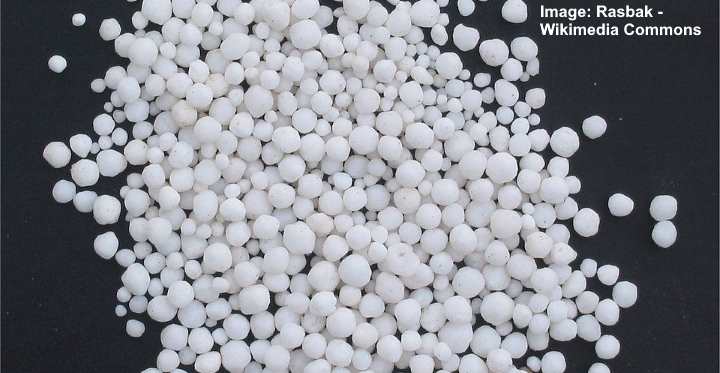
Calcium nitrate fertilizer is a water-soluble source of calcium and nitrogen for growing plants. Also called Calcium Ammonium Nitrate (CAN), this fertilizer contains the essential nutrients that help plants grow well. Plants that get the appropriate amount of nitrogen and calcium produce better fruit and are also more resistant to pests and disease. You can apply calcium nitrate as a foliar spray or soil fertilizer.
Drought Tolerant Perennial Plants – Best Perennial Flowers (Pictures)
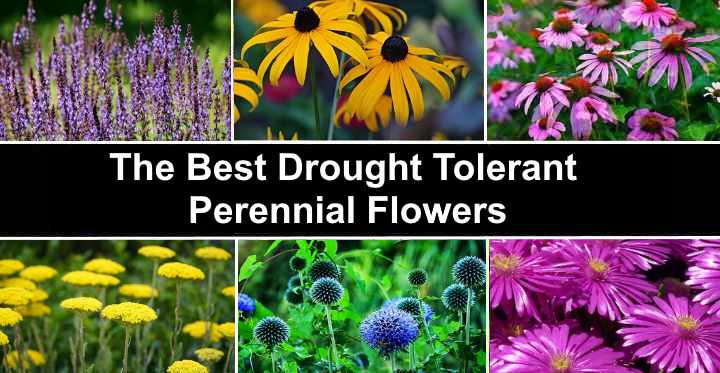
Drought-tolerant perennials are garden plants that need very little care. The best drought-resistant perennials only need occasional watering and withstand plenty of sunshine. Many drought-tolerant perennial plants are ideal for growing in zones 9 and 10, and their flowers come back year after year.
Peat Moss (Sphagnum Peat Moss): Uses in Garden Soil, Benefits and More
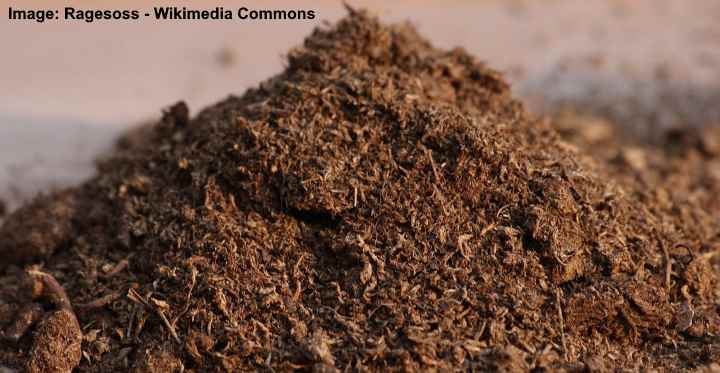
Peat moss is a useful garden soil amendment or ingredient in potting soil. Gardeners use peat moss to increase soil moisture retention, aerate the soil, retain nutrients, and prevent soil compaction. Peat moss is also used to grow seeds, improve soil texture, and create various types of potting mixes.
Whiteflies on Plants: Effective Ways to Kill These Tiny White Flying Bugs
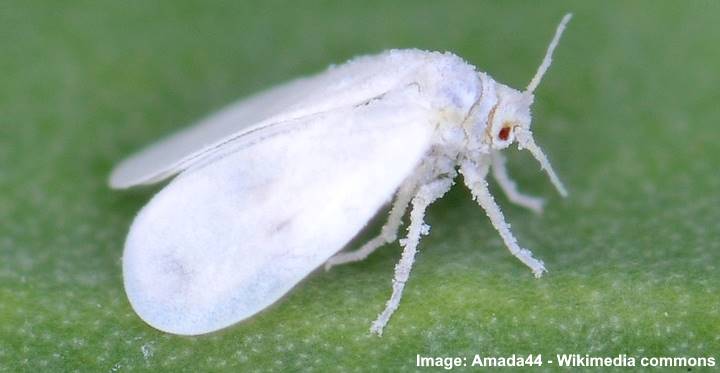
Whiteflies are small flying insects that can quickly infest your garden plants and houseplants. Whiteflies rapidly cause damage to vegetables and plants by sucking juices from them. These white-winged bugs also damage plants by infecting them with disease and causing a sooty mold to grow on plant foliage.
